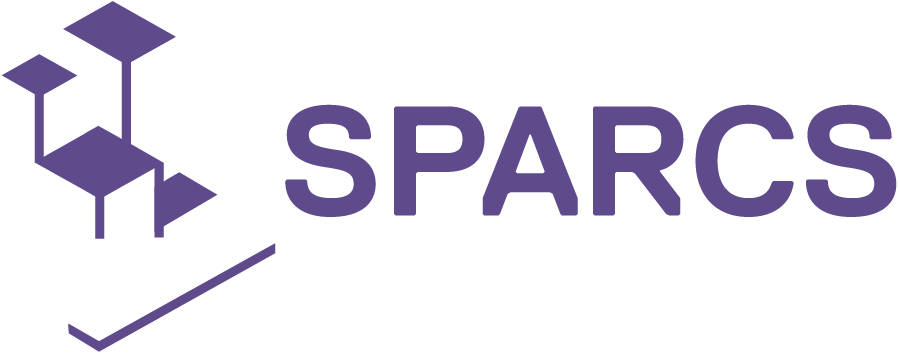Towards Future Cities – Espoo’s City Vision 2050
What are cities like in the future? How do we want to live, work, learn and interact with one another in the urban environment in 2050? How do people use urban environments, and what kind of neighborhoods and communities form in future cities? And what role does faster connectivity, automatization or other new technological solutions play in future urban environments?
These were some of the questions that were examined in the EU Lighthouse SPARCS’s project’s City Vision 2050 process in Espoo city. The future city vision process – that looked at the future of cities in thirty years – mainly consisted of a remote workshop, arranged for a group of employees from the city’s sustainable development team and other departments and specialists. The workshop was organized by the City of Espoo’s SPARCS project team with the help of the workshop concept developers Fraunhofer IMW and SPI.
The workshop took place online, as most events do during the COVID-19 restrictions. The main task for the workshop’s participants was to vision a desirable urban future for the year 2050. Participants of the workshop received preparatory material describing the status quo in Espoo in 2020, encouraging some considerations on what could lie ahead in the next thirty years. Divided into three groups, the participants focused on the selected themes of energy, mobility and smart cities and, digitalization. Starting from preliminary ideation, continuing to the selection of important development trends, and to the formation of imaginary newspaper headlines from the future, the image of the desirable future urban environment emerged step-by-step. By the end of the workshop, several statements – that narrated different aspects of desirable urban futures in varying scope – were formed, which were then turned into a final report.
A future city, on the basis of all of the statements, will see broad electrification, service-based operation and human-centric automation of mobility, a rise of ubiquitous energy solutions integrated into the built environment, an increase of practices related to a circular economy, an introduction of new types of modular living solutions, and an increase of green spaces in the urban fabric in the next thirty years. These notions that make up the formed vision statements only cover the selected themes of energy, mobility and smart cities, and digitalization that were examined in the workshop – leaving many aspects of the future city out – but give some cues for sustainable cities of tomorrow and the futures of urban living. Some of these notions are more ambitious and imaginative ones whereas some are more practical ones, and already achievable in the coming years as part of the current development trends.
The visioning process – as a mode of working – was both a chance to investigate the future with an open mind, as well as a great learning possibility in regards to co-working in online settings in the ‘new normal’ due to the global epidemic. Hopefully, we can continue with the visioning process during the project as well, and involve other stakeholders in visioning different kinds of desirable urban futures.

